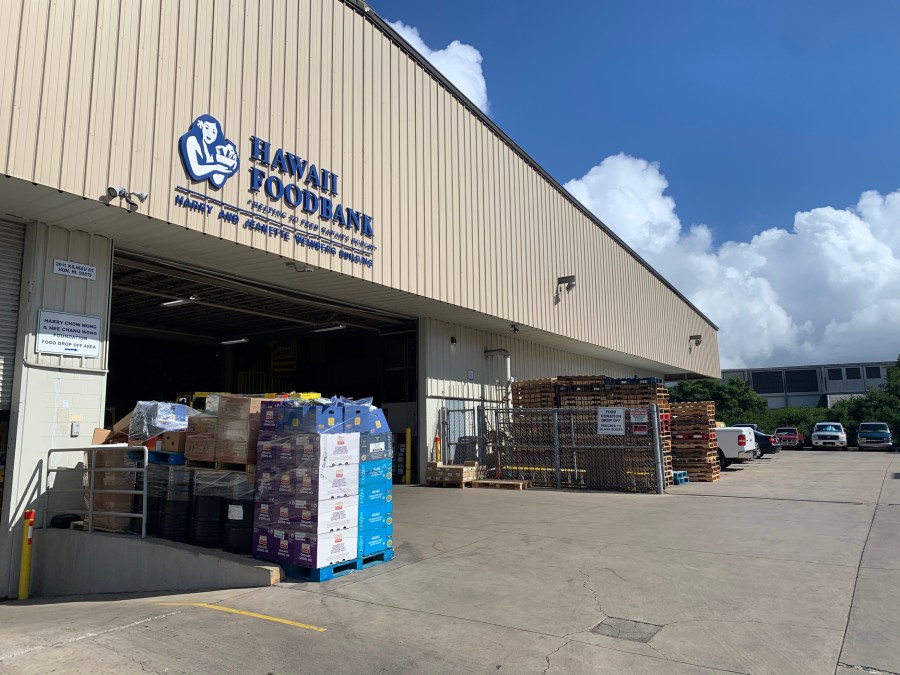HONOLULU (KHON2) — The Hawaii Foodbank has unveiled an extensive report unveiling the landscape of food insecurity throughout the islands.
This comprehensive study, commissioned to delve deeper into the struggles faced by local communities and assess the effectiveness of ongoing hunger-alleviation efforts, offers valuable insights into the nuances of food insecurity and its ramifications on Hawaii’s diverse populace.
Conducted by SMS Research and meticulously analyzed by Pirkle Epidemiology and Evaluation Consulting LLC, the research surveyed 910 residents representing a spectrum of racial and geographic backgrounds.
Highlighting data from 2023, the report highlights the sobering reality of food insecurity across Hawaii.
30% of households in Hawaii experienced food insecurity
Approximately 29% of children experienced food insecurity, with 6% going an entire day without food
38% of adults in households with children experienced food insecurity
10% of households had at least one member who went without food for an entire day
Household food insecurity was highest on Hawaii Island, followed by Maui, Oahu, and Kauai
Young adults ages 18-29 were the most affected by food insecurity, with 44% of those currently enrolled in higher education being food insecure
Over 40% of Native Hawaiians, other Pacific Islanders, Filipinos and American Indian/Alaska Natives lived in food-insecure households
46% of respondents who identified as gay, lesbian, bi-sexual or some other identity than straight were living in food insecure households
Approximately 20% of Hawaii residents were affected by the Maui wildfires, with those affected twice as likely to be food insecure
“Food insecurity is such a complex issue and needs to be examined at an even deeper level within the context of Hawaii — taking into account our individual challenges, infrastructure, policies, programs and people,” stated Hawaii Foodbank President and CEO Amy Miller, emphasizing the significance of local data in tackling food insecurity. “By better understanding these unique variations in need within our local communities, we can develop more targeted, collaborative and comprehensive strategies to address food insecurity in Hawaii. This is an important step in achieving our ultimate vision of a Hawaii where everyone has consistent access to the safe and nutritious food we all deserve to thrive.”
On average, Hawaii Foodbank is currently serving nearly 160,000 people each month.
The report will play a pivotal role in guiding Hawaii Foodbank’s future initiatives and focus areas as it endeavors to alleviate food insecurity across the islands.
By leveraging these findings, Hawaii Foodbank aims to better fulfill the needs of the community and foster a more food-secure future for all residents.
The full report is available for review on the Hawaii Foodbank’s website.
